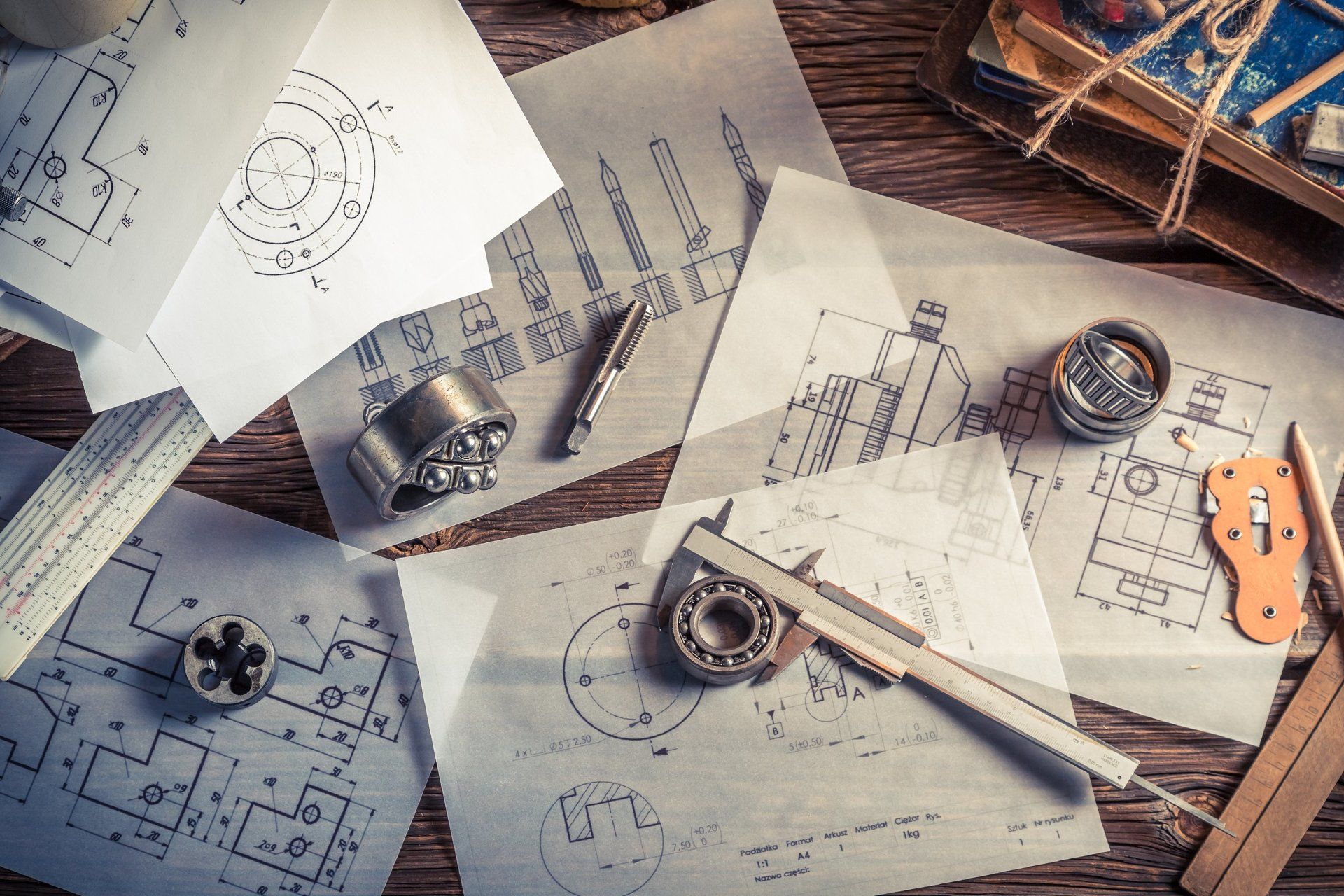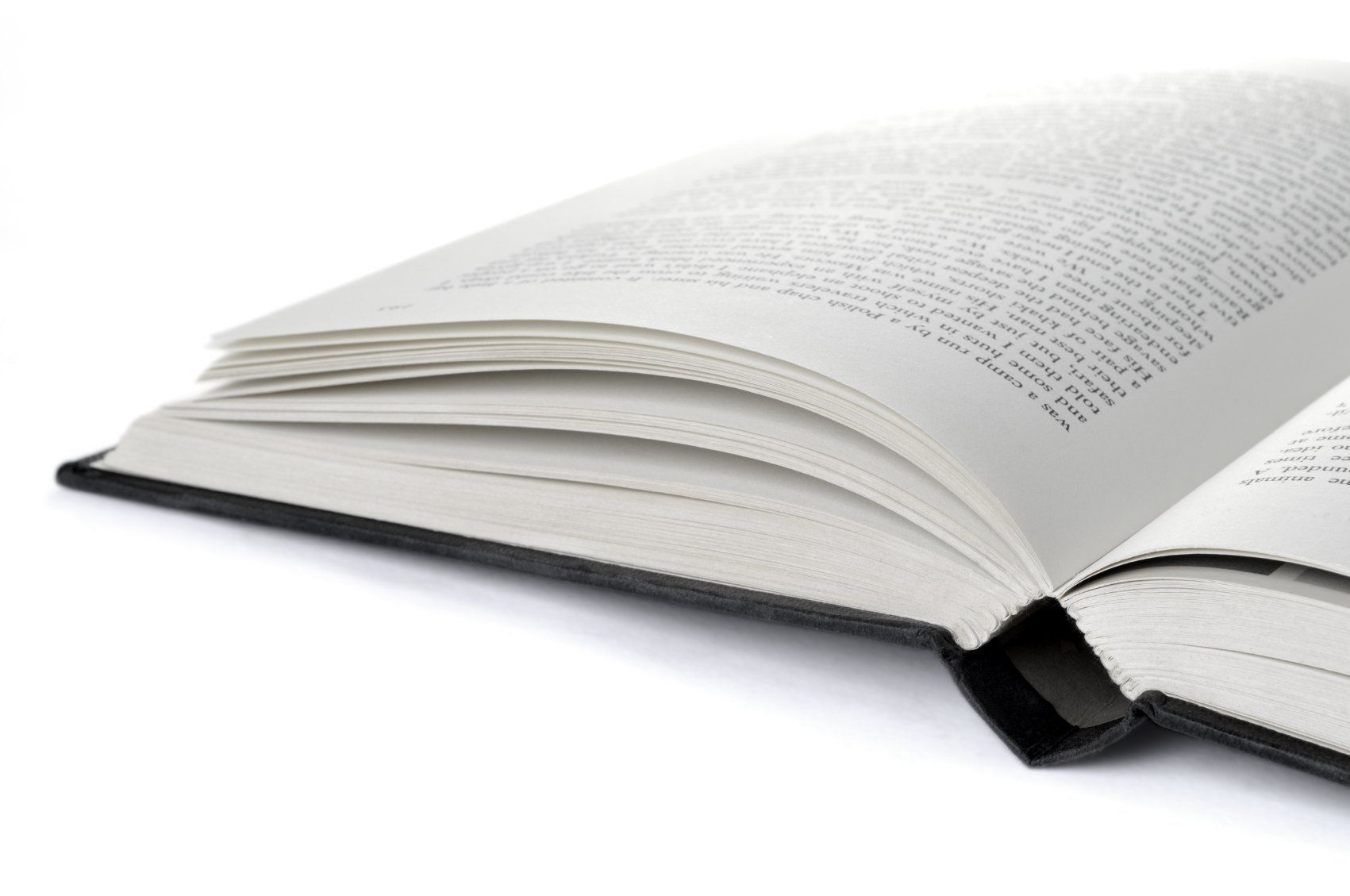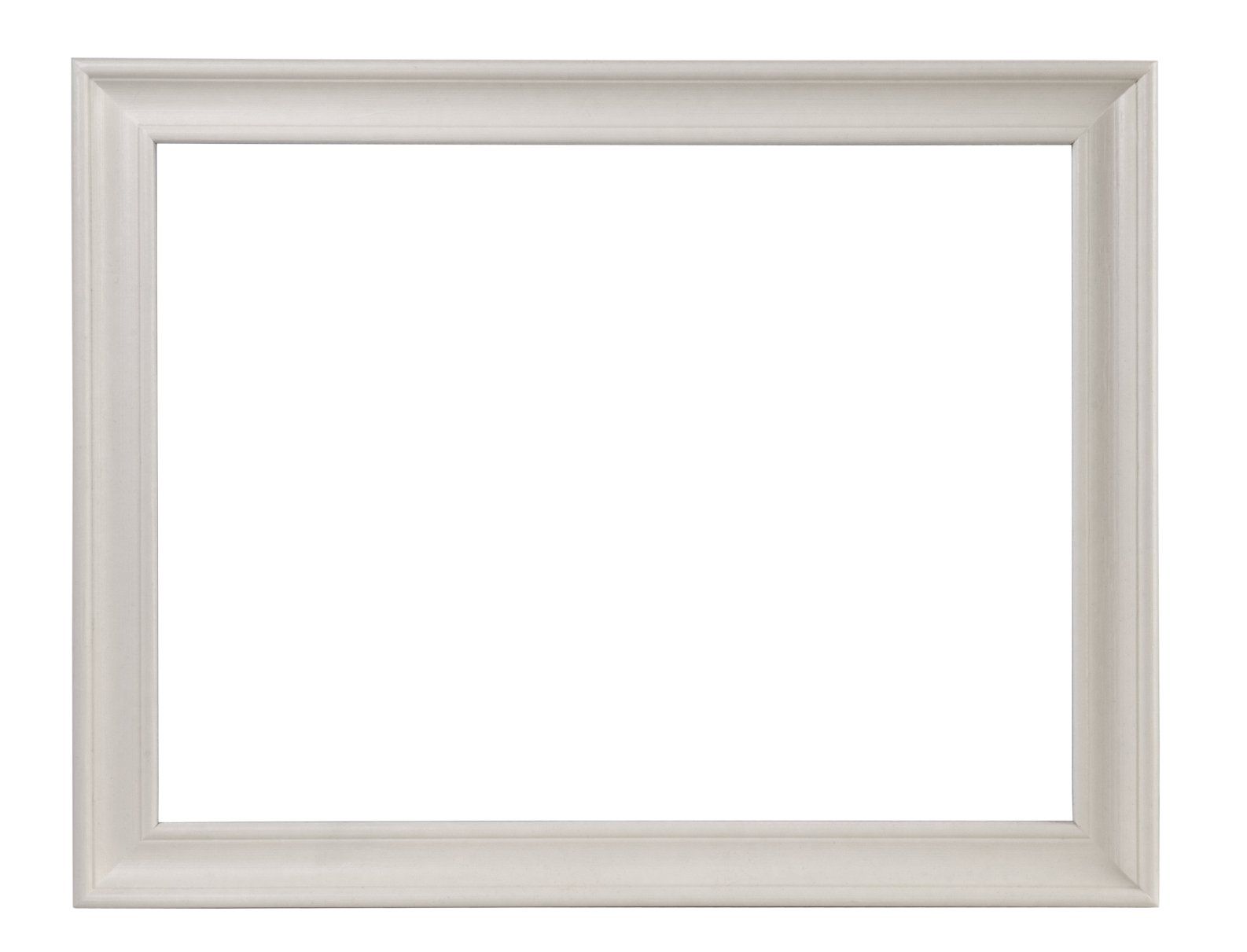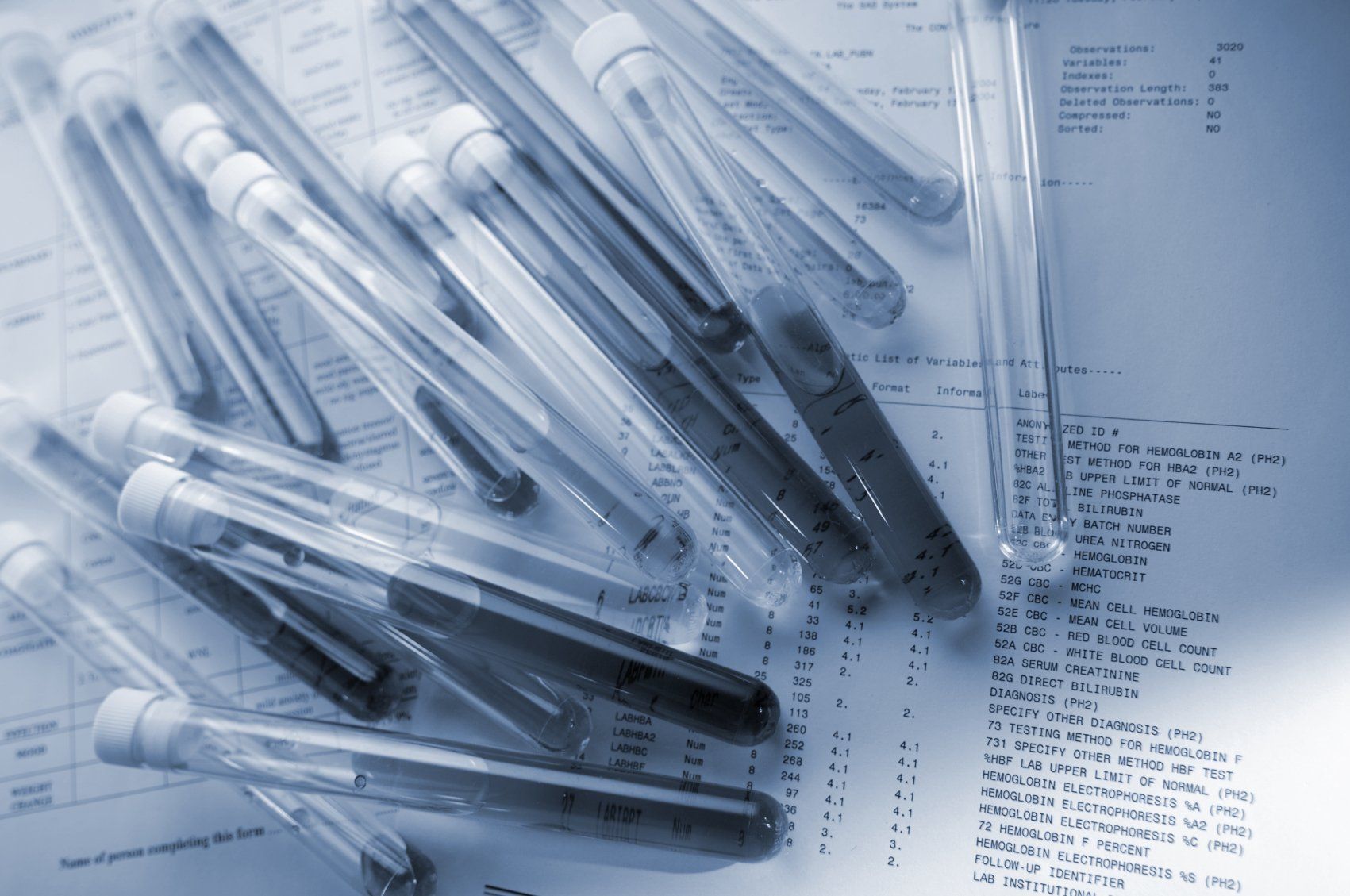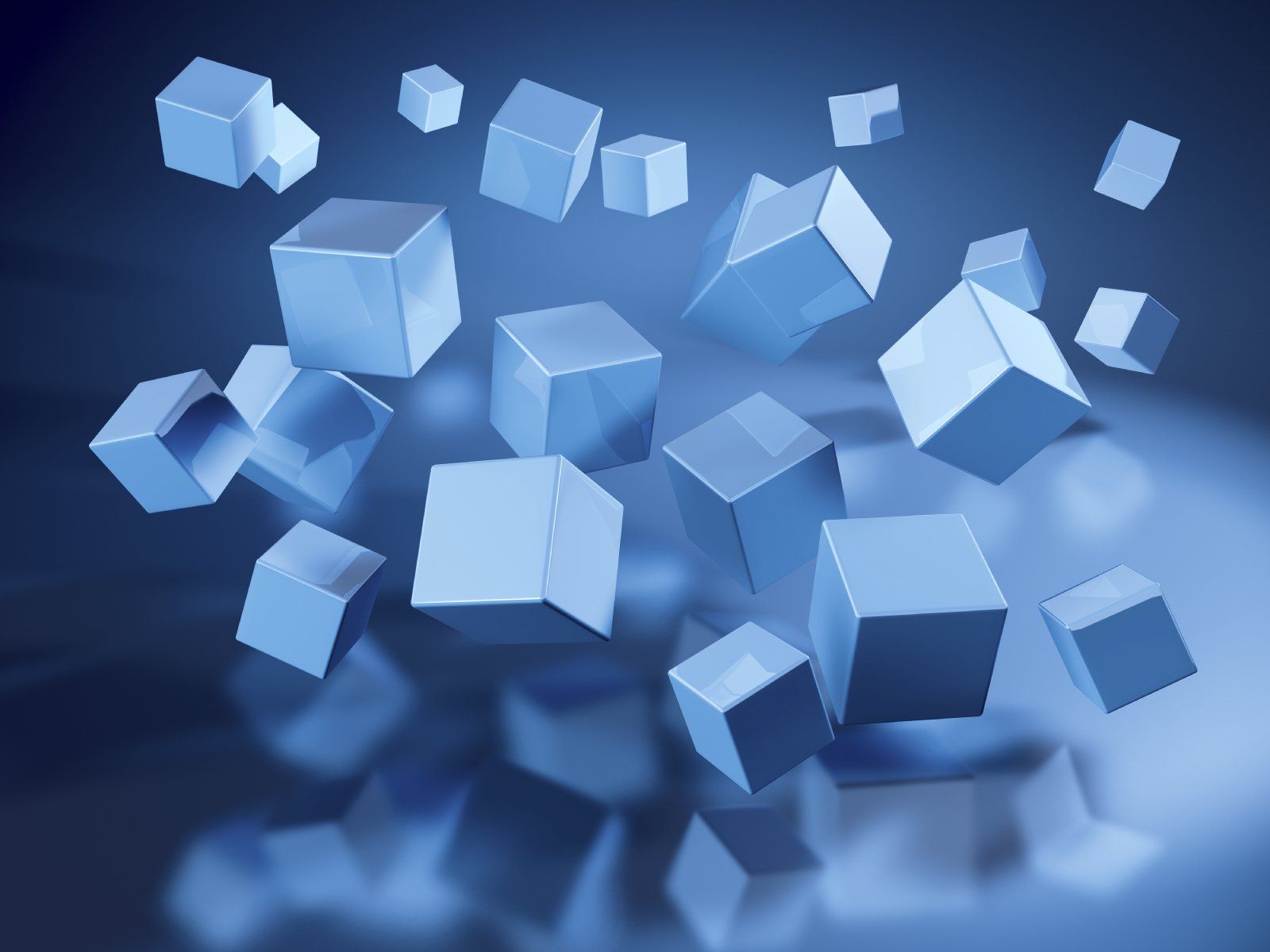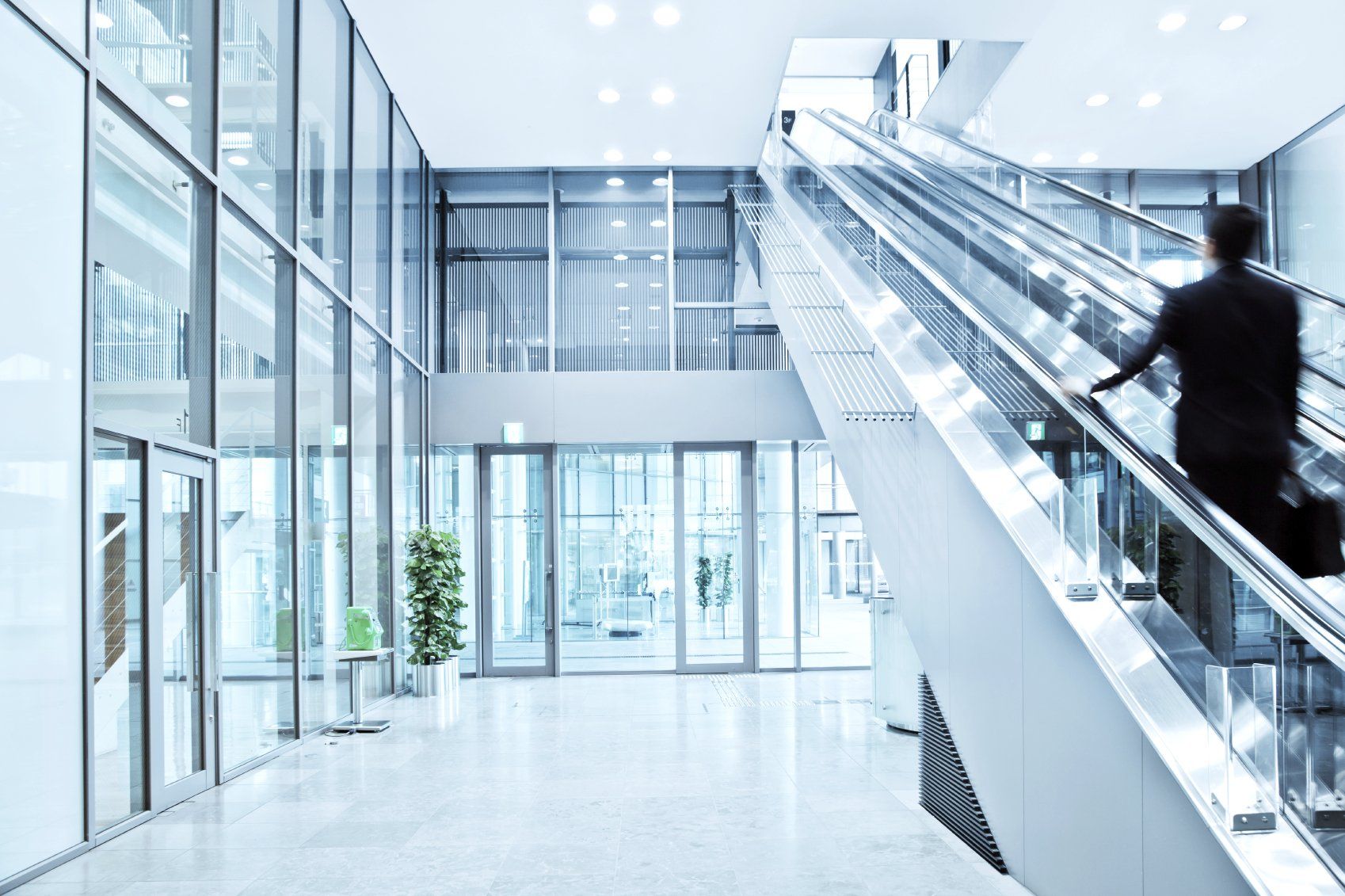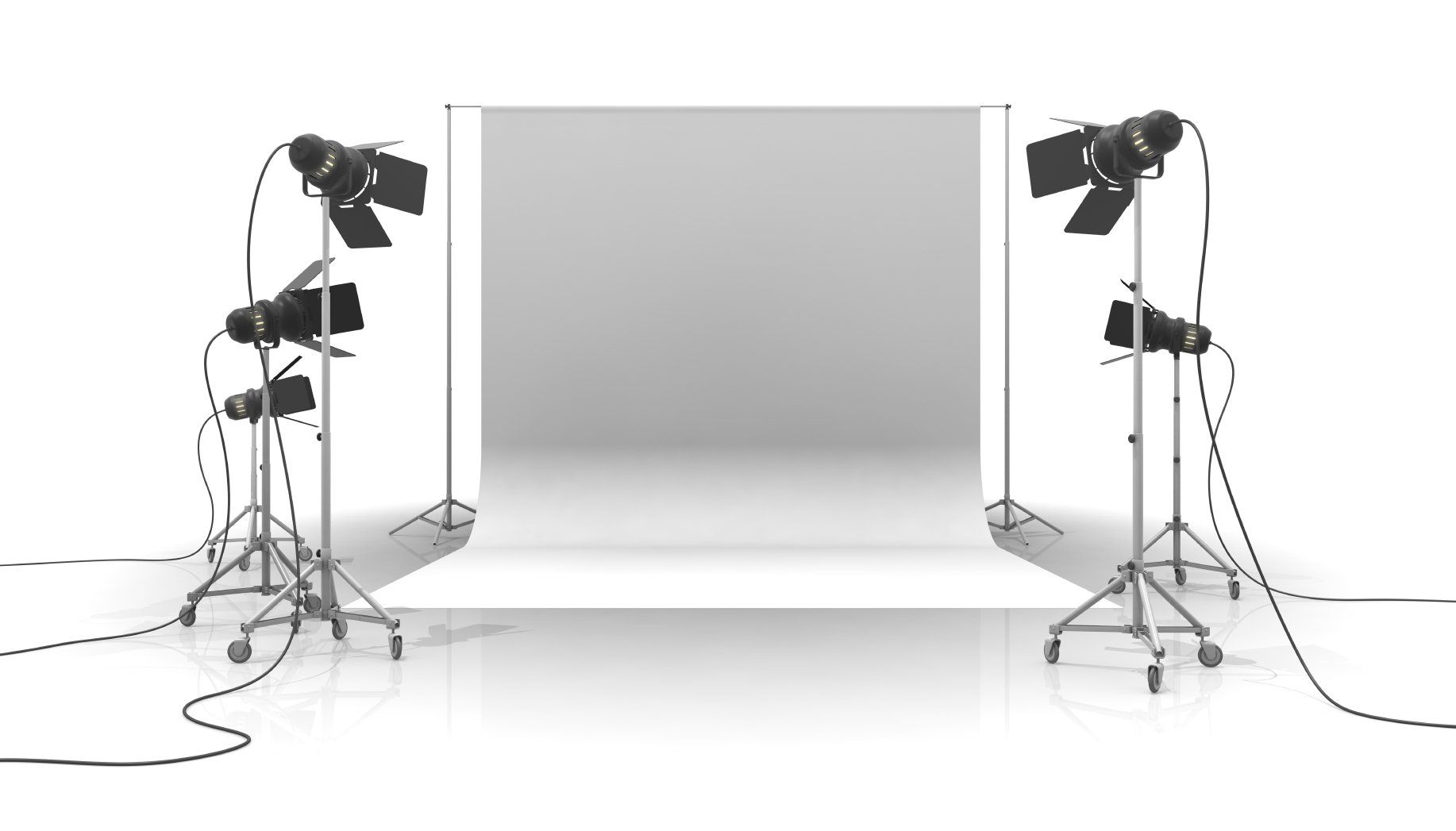Nice to know: Important explanations about the WORLD ART
REGISTER
The Worldartregister is a privately written, non-public directory of works of art in which the ownership structure as well as any rights connected with the work of art and burdens on it are recorded.
Registrars
Registrars accredited to the Worldartregister support the registrations in the Worldartregister for which they are responsible.
Right of information
The right to information from the Worldart Register only has those who demonstrate a legitimate interest.
Without a particular interest, information from the Worldartregister is entitled to receive:
1. Authorities in accordance with the legal basis
2. Registrars or experts accredited by the Worldartregister
3. Anyone who has the consent of the registered owner for an individual case
4. The person with real rights (for example artist, owner, lien) insofar as the subject of inspection is the work of art in question. A mere interest in buying works of art alone is not sufficient as a legitimate interest.
Faith and Faith
Faith and faith in the World Art Register are of particular importance for art protection.
It makes sense to assume the correctness and completeness of the Worldartregister in favor of the bona fide purchaser.
That is why all people working at the Worldartregister act on the basis of a voluntary self-commitment, which particularly obliges them to act to the best of their knowledge and belief in the interests of art protection.
Incorrect entry acomplaint against incorrect entries can only result in the entry of an objection or, in exceptional cases, a deletion. Otherwise, the correction can only be achieved with the will of the registered person or by taking legal action against the registered person.
The right of correction in rem does not expire.
Reservation and objection
In order to secure the granting or cancellation of works of art, a reservation can be entered in the Worldartregister.
So for example the right to procure ownership of a buyer can be secured before the actual transfer of ownership by entering a reservation of ownership (notice of conveyance).
Dispositions made after the reservation has been entered about the work of art or right in question are ineffective vis-à-vis the entitled person insofar as they would thwart or impair his claim ("relative ineffectiveness").
The reservation is ancillary to the entitlement secured by it. If the Worldartregister does not correspond to all actual circumstances, for example is not completely correct, an authorized person must immediately register an objection to the correctness of the Worldart register.
The objection is also a provisional entry, but in contrast to the reservation it is intended to secure an existing right in rem. Then the correction of the Worldartregister must be requested promptly.
Changes in the Worldartregister
Deletions in the Worldartregister do not mean that an entry is removed, since every measure - including the completed one - must remain legible in the world type register.
Deletions are reddened - for example underlined in red - and the deletion is entered as a note.
Entries and other changes in the Worldart Register generally require an application and, if necessary, the approval of the pre-registered person concerned.
In the interests of effective art protection, entry in the Worldartregister is urgently recommended for every work of art and for every legal transaction in connection with a work of art.
For this purpose, in addition to the application, the authorization and the register certificate attesting the release are required.
Additional permits may be required.
Information on this can be obtained from the Worldartregister upon request after a case-by-case examination.
Home port · Port of Registration In order to maintain discretion, each art owner can freely choose where in the world and under what conditions a work of art should be registered. Anonymization There are many reasons why it can make sense to register works of art anonymously.
Reasons for anonymization
1. Asset protection
2. Tax optimization
3. Protection against foreclosure
4. Avoidance of family dispute
5. Prevention of inheritance disputes
We would be happy to inform you in a confidential conversation. Please note that we do not provide any tax or legal advice. We ask you to consult a tax advisor or lawyer you trust. If you do not have a trusted tax advisor or lawyer, we will be happy to make appropriate recommendations.
Advantages · At a glance
1. Inexpensive protection
2. Deterrence of theft
3. Quick and easy application
4. Many advantages with insurance policies
5. Positive effects on value development
6. Comprehensible résumé of every work of art
7. Significantly increased legal security in the entire art market
8. Competitive advantages over non-registered works of art
9. Proof of ownership for all registered works of art
10. Protection and security of all persons involved in the art market
11. Preservation of normal ethical and moral business principles in the art trade
12. Forgery-proof documentation of all transactions in the art business
Value guarantees for counterfeit-proof art Art value guarantees can possibly even be acquired via Art Price Guarantee, for example.
Advantages of value guarantees
1. Creditworthiness
2. Liquidity
3. Guarantee
4. Speculation
5. Capital investment
6. Financing
7. Asset protection
8. Value developments
Process & function
1. Coding of works of art
2. Registration of works of art
3. Documentation of all details
4. Entry up to date Ownership
Recording of all business transactions
1. From purchase and sale
2. Via donation and inheritance
3. Up to permanent loan and foundation
4. Burdens and restrictions
5. Mortgages
6. Right of first refusal
